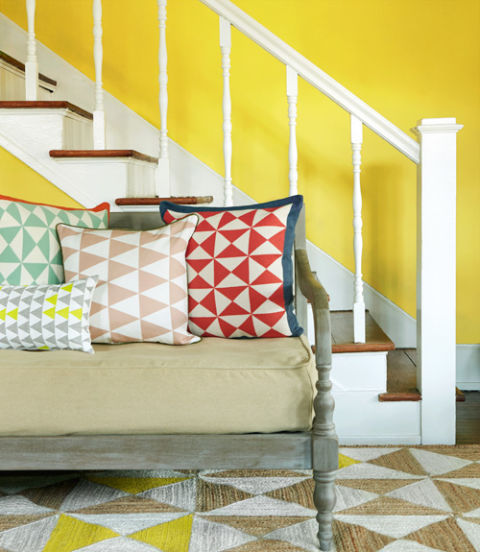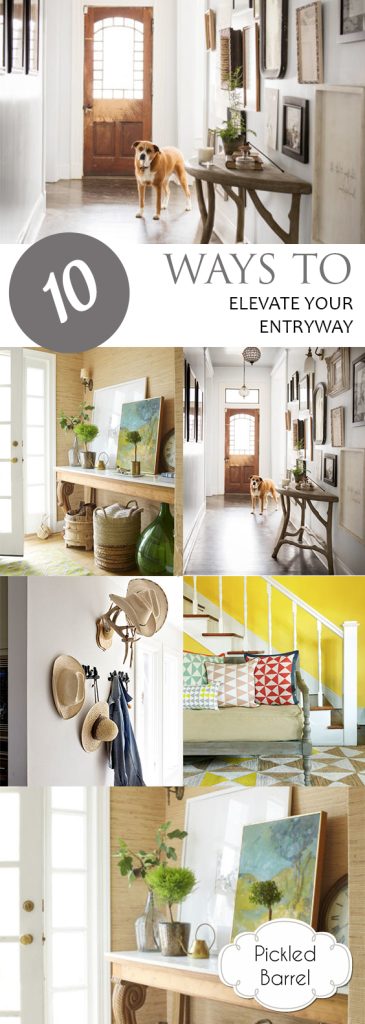

Architectural Entryway Details: Transforming Your Home’s First Impression. Your entryway is the first thing guests see—it’s your home’s first impression! A well-designed entryway sets the tone for the entire house, instantly communicating style and personality. Many homeowners struggle to create an entryway that is both stylish and functional. They often feel overwhelmed by the sheer number of options and unsure of where to start. This article offers a thorough guide on how to use architectural details to elevate your entryway, transforming it from ordinary to extraordinary. We’ll explore key design elements, offer practical tips, and offer inspiration to help you create an entryway that reflects your unique style. We’ll cover everything from choosing the right lighting to selecting exquisite millwork, ensuring your entryway becomes a true statement piece.
Enhancing Your Entryway with Lighting: Setting the Mood and Improving functionality
The Importance of Ambient, Task, and Accent Lighting
Proper lighting is paramount in any entryway design. It’s not just about illuminating the space; it’s about setting the mood and highlighting architectural attributes. A well-lit entryway feels welcoming and secure. Consider a layered lighting approach, incorporating ambient, task, and accent lighting. Ambient lighting offers overall illumination, while task lighting focuses on specific areas, such as a console table or coat rack. Accent lighting highlights architectural attributes like crown molding or a stunning piece of artwork. Think about using dimmers to control the intensity and create varied atmospheres, from bright and airy to warm and inviting. For example, recessed lighting can offer subtle ambient light, while a stylish pendant light can serve as both task and accent lighting.
Choosing the Right Fixtures for Your Style
The style of your lighting fixtures should complement the overall design of your entryway and home. A traditional home might benefit from elegant sconces or a classic chandelier, while a modern home might look optimal with sleek track lighting or minimalist pendant lights. Consider the size and scale of your entryway when selecting fixtures. An oversized chandelier in a small entryway might feel overwhelming, while small sconces in a large entryway might look insignificant. Don’t underestimate the power of well-placed lighting to transform your entryway.
Architectural Molding: Adding Character and Sophistication
Crown Molding: A Classic Touch
Crown molding adds instant elegance and sophistication to any entryway. This decorative trim is installed where the wall meets the ceiling, creating a visually appealing border. Crown molding comes in a variety of styles, from simple and understated to ornate and elaborate. The choice depends on your home’s architectural style and your personal preference. A traditional home might look stunning with detailed crown molding, while a modern home might benefit from a cleaner, more minimalist design. Consider the height of your ceilings when choosing crown molding. Higher ceilings can handle more elaborate designs, while lower ceilings might look optimal with simpler profiles.
Baseboards and Wainscoting: Enhancing Visual Appeal
Baseboards and wainscoting are two other types of molding that can significantly enhance your entryway’s appeal. Baseboards conceal the gap between the wall and the floor, adding a finished look. Wainscoting, a type of paneling that covers the lower portion of the wall, adds texture and visual interest. The combination of crown molding, baseboards, and wainscoting creates a cohesive and elegant look. Pay attention to the proportions and materials to ensure a harmonious design. For example, matching the wood species of your molding with your flooring can create a seamless and sophisticated look.
Flooring: Setting the Foundation for Your Entryway Design
Material selection: Durability and Style
The flooring you select for your entryway should be durable enough to withstand high traffic and spills. Materials like hardwood, tile, and stone are all popular choices for entryways. Hardwood offers warmth and elegance, while tile and stone are known for their durability and easy maintenance. The choice depends on your budget, style preferences, and the overall aesthetic you’re trying to achieve. Consider factors such as slip resistance and water resistance when selecting materials.
Design Considerations: Patterns and Textures
Don’t underestimate the power of flooring to add personality and style to your entryway. A striking patterned tile floor can create a focal point, while hardwood with an interesting grain can add warmth and character. The texture of your flooring also plays a significant function in the overall feel of the space. A smooth tile floor feels sleek and modern, while a textured stone floor adds a rustic or traditional touch. When choosing your flooring, consider how it will complement the other design elements in your entryway.
Millwork: Adding Detail and Visual Interest
Choosing the Right Style
Millwork refers to the various woodworking elements in your entryway, such as doors, door frames, and built-in shelving. These attributes can significantly impact the overall look and feel of your entryway. select styles that complement your home’s architectural style and personal preferences. Traditional homes often attribute intricate millwork, while modern homes tend to favor cleaner, simpler lines. Consider the details of your millwork, such as the type of wood, stain, and hardware used. These seemingly small details can make a big difference in the overall impression of your entryway.
Built-in Storage and functionality
Incorporating built-in storage into your entryway is a great way to improve both functionality and aesthetics. Built-in benches with storage, cabinets, or shelves can help you keep coats, shoes, and other items organized. This keeps your entryway clutter-complimentary and maximizes space. Consider the size of your entryway and the amount of storage you need when planning built-in attributes. Remember to select materials and styles that complement your existing millwork and the overall design of your entryway.
Incorporating Architectural Elements for varied Styles
Traditional Entryway Designs
Traditional entryway designs often attribute ornate crown molding, wainscoting, and detailed millwork. Rich, dark wood tones are common, along with elegant lighting fixtures such as chandeliers or sconces. A patterned tile floor or hardwood flooring can complement the overall design. The focus is on creating a sense of warmth, elegance, and grandeur.
Modern Entryway Designs
Modern entryway designs tend to be more minimalist and sleek. Clean lines, simple millwork, and understated lighting fixtures are preferred. Materials such as glass, metal, and stone are often incorporated. Flooring options scope from polished concrete to large-format tile. The overall effect is one of sophistication and simplicity.
In conclusion, using architectural details to enhance your entryway creates a lasting first impression. By thoughtfully incorporating elements like lighting, molding, flooring, and millwork, you can transform a mundane space into a stunning focal point. Remember to consider your home’s architectural style and personal preferences when making selections. Don’t hesitate to consult with a professional designer for personalized guidance. Elevate your home’s curb appeal and create a welcoming atmosphere that reflects your unique style. Start planning your entryway transformation today!